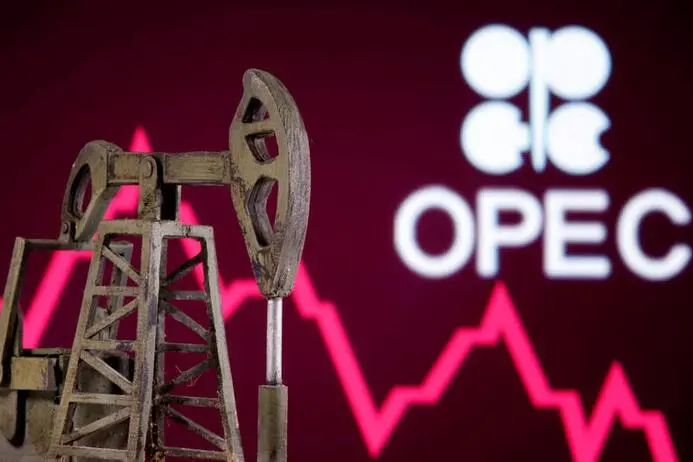PHOTO
LONDON - OPEC oil output in February has risen, a Reuters survey found on Thursday, as a recovery in Libyan production from disruption offset the impact of voluntary cuts by other members agreed with the wider OPEC+ alliance.
The Organization of the Petroleum Exporting Countries (OPEC) pumped 26.42 million barrels per day (bpd) this month, up 90,000 bpd from January, the survey found. Libyan output rose month-on-month by 150,000 bpd.
The biggest rise in production came from Libya, one of the OPEC members not required to restrain output, after the Sharara oilfield, one of the country's largest, restarted after being shut down due to unrest.
Several members of OPEC+, which includes OPEC, Russia and other allies, made new cuts in January to counter economic weakness and increased supply outside the group. Producers are expected to decide in coming days whether to keep them in place beyond the first quarter.
Some OPEC members pledged voluntary cuts in two rounds, in April 2023 and November 2023, and Saudi Arabia made an additional voluntary cut.
OPEC fell 190,000 bpd short of its targeted cuts in February, largely because of Iraq, Nigeria and Gabon pumping more than they had aimed for, the survey found. That amounts to a further cut of 20,000 bpd from January.
Gulf producers Saudi Arabia, Kuwait and the United Arab Emirates each kept output slightly lower than their voluntary targets, the survey found, as did Algeria. Iraq, while still pumping above its target, made a cut in February of 30,000 bpd.
Iran, also exempt from quotas, further lowered exports, the survey found. Iran is still pumping near a five-year high reached in November after posting one of OPEC's biggest output increases in 2023 despite U.S. sanctions still being in place.
Among those with higher output, the second-biggest gain of 60,000 bpd came from Nigeria, the survey found, as some crude was processed in the new Dangote refinery and exports rose. Output was 100,000 bpd above the country's 2024 target.
The Reuters survey aims to track supply to the market and is based on shipping data provided by external sources, LSEG flows data, information from companies that track flows - such as Petro-Logistics and Kpler - and information provided by sources at oil companies, OPEC and consultants.
(Additional reporting by Ahmad Ghaddar; Editing by Kirsten Donovan and Jan Harvey)





















